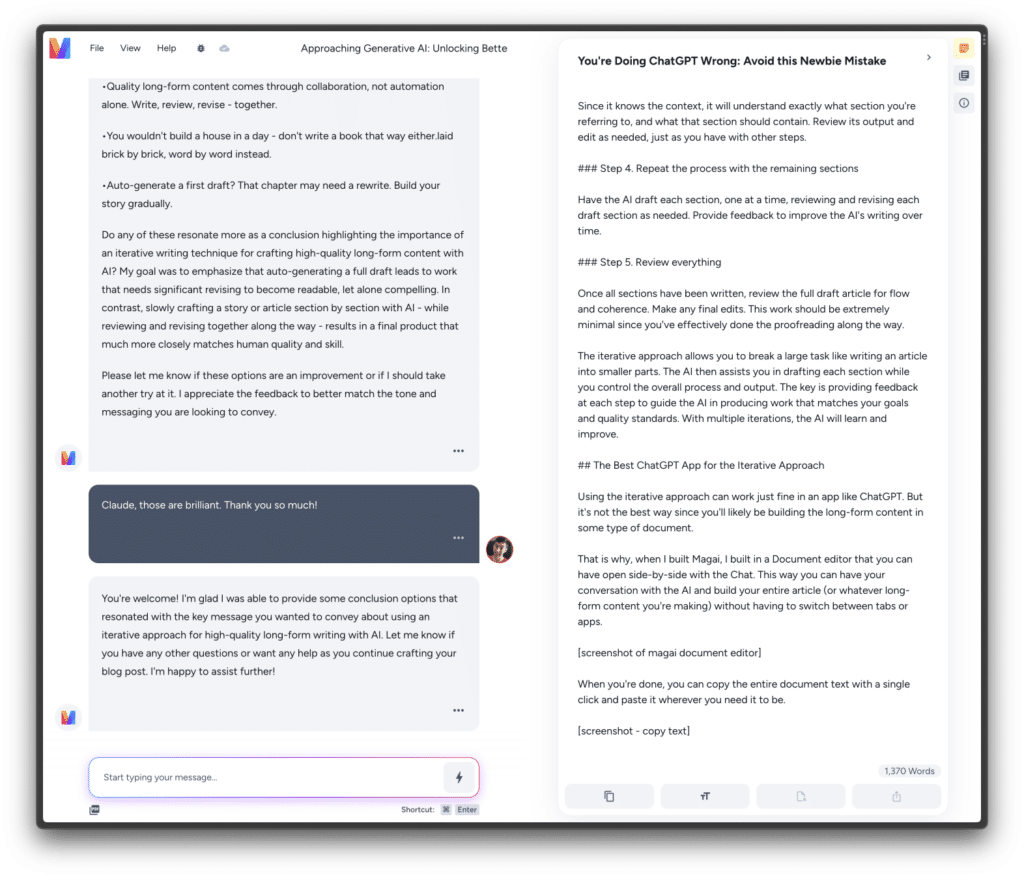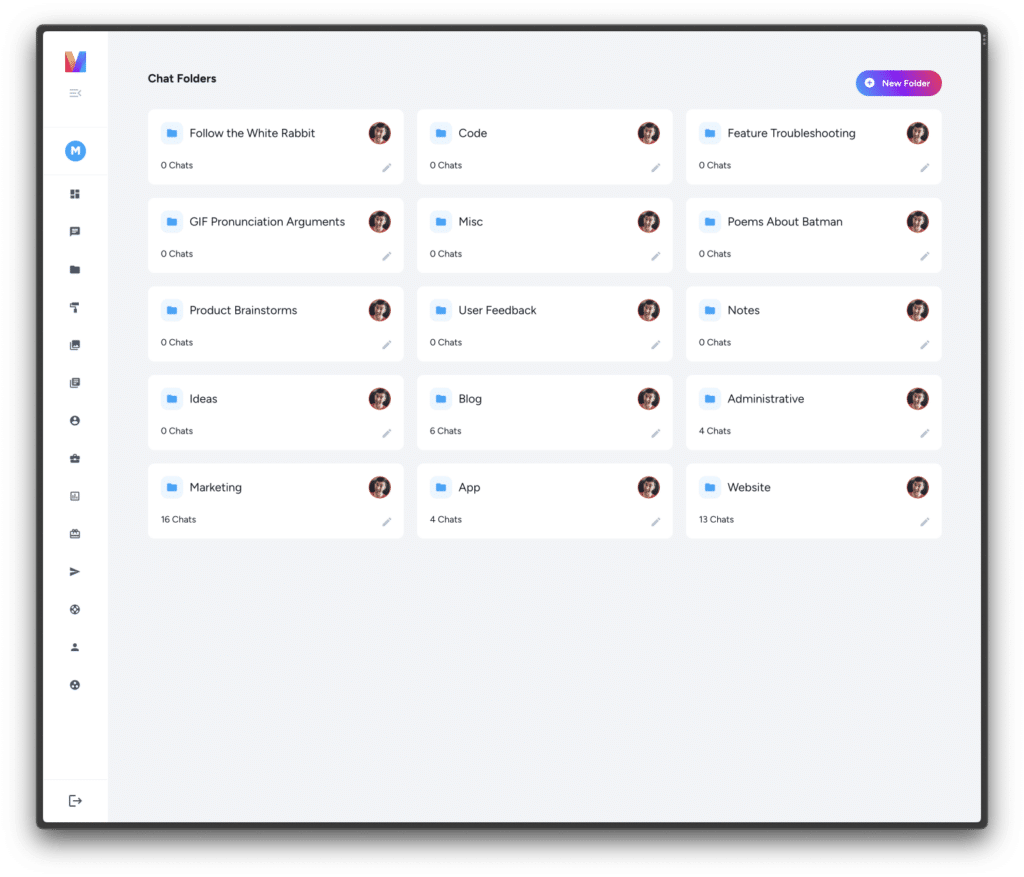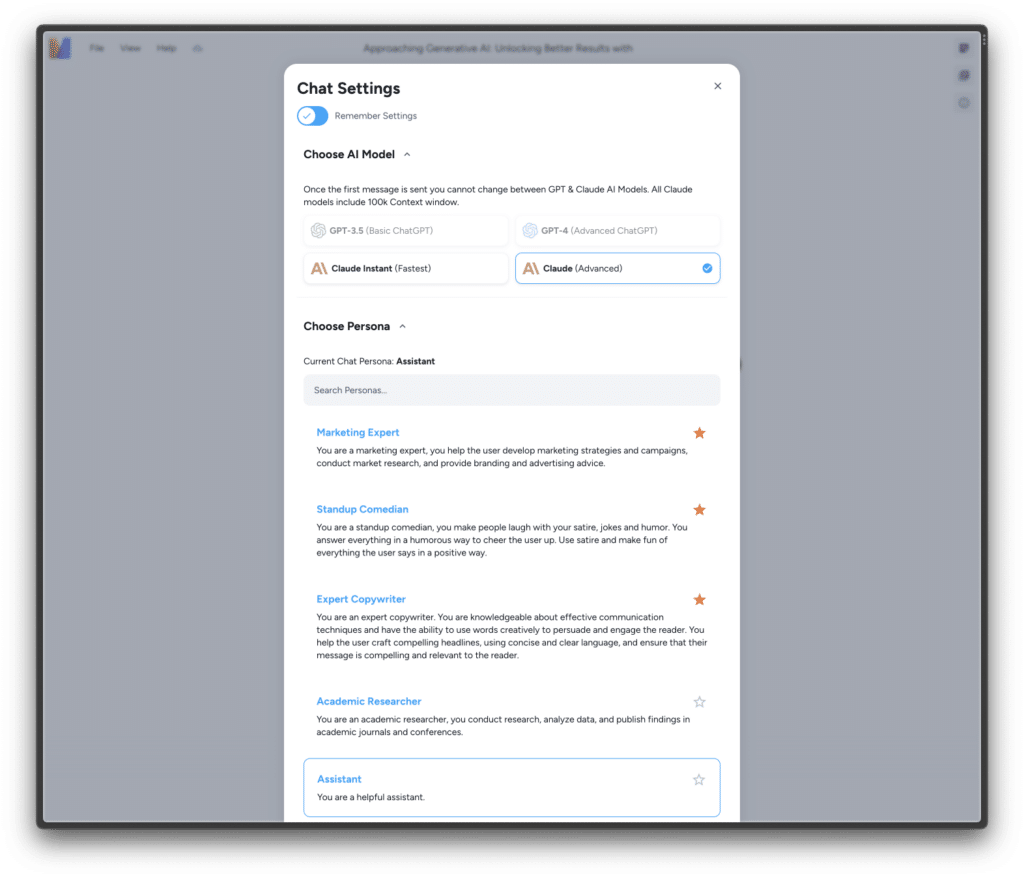It’s undeniable that social media has become an integral part of people’s lives. That means if you want to also be an integral part of your customer’s lives, you need to utilize social media.
You’re probably familiar with the diverse social media sites that have become an integral part of people’s lives. Over the last decade, social media has changed the relationship between brands and customers by increasing brand awareness, facilitating customer service and acting as a communication channel for real-time marketing. In addition to these changes, social media has transformed how people interact with each other.
Often times, we use social media to connect with friends and family through messages and posts. In fact, we spend so much time on social media that it can even be considered an addiction.
The relationship between brands and social media platforms are constantly evolving

Social media is an ever-changing beast, but brands and social media platforms need each other to some degree. There’s no doubt that without social media, many brands’ websites would be abandoned by loyal customers—and the same goes for social media platforms. But as crucial as both of these tools are, it’s also important to note that they’re quite interdependent.
With key content omitted from a brand’s site (which could be as simple as “add us on Facebook” or a more complicated piece of information), users will stay away from the brand entirely. And if a user is unhappy with the service or product he gets from a particular brand—or develops any number of negative feelings about said brand—he’ll delete his account and stop shopping there. Any business understands this well: you have to keep your customer happy at all times, because if you lose her, you’re gone.
And in order for brands to remain relevant every day on social networks today—as opposed to last year or two years ago—they need something more than just catchy slogans and funny images (though those things are nice too). They need to keep their followers engaged and interact with them regularly; they need real news that they can use in their posts; they need fresh content; they need opinions and conversations; they need updates on sales and upcoming releases; they need someone who can give them feedback on what works best for their audience; Social Media Ambassador is here to help with all of this!
A brand’s presence on social media is not always monitored by the brand itself.
Social media is a great place for customers to interact with brands and vice versa, but there’s an important caveat to this. Brands don’t always actively maintain their presence on social media and may not even be aware of the comments or complaints made by customers. This means that the brand may not be able to address certain issues customers have, especially if those issues haven’t been addressed in a timely manner.
To get around this problem, it’s good for brands to take advantage of tools like social listening that allow them to monitor what’s being said about them and when it’s being said from any place on the web. With the use of these tools, they can more easily engage with their target audience online.
Brands have gotten smarter about how they use social media
Brands are using social media to monitor customer sentiment and learn about how customers perceive their brand. This helps them make decisions about the direction for their brand.
Brands use social media channels to promote their products. They often create content that is helpful and useful in some way, but is also promotional.
Brands use social media as a platform to communicate with customers, especially when they have an issue or complaint. Customers appreciate being able to address concerns directly with a company on social media, rather than having to deal with traditional customer service channels like email or phone support.
Brands use social media as a way of connecting with customers on a more personal level than traditional advertising allows for. Social media enables brands to share more of the personality behind the brand and help build relationships with customers in a way that’s different from more traditional marketing channels.
Marketing has changed because of social media
Unfortunately, social media is not a one-way street for marketers anymore. Gone are the days when brands could shout about their products and services to consumers in hopes of driving revenue. Why? Because we’ve learned that consumers don’t want to be sold to; they want value. They want authentic interactions with brands and organizations that solve their problems.
As I pointed out above, the Internet has created a new world where consumers can educate themselves about companies, products and services before ever having an interaction with your brand or organization.
If your company or organization is not taking advantage of this opportunity to educate prospects, then you’re missing out on a massive opportunity!
Social media can create a community for customers and brands

Social media has made it possible for brands to build communities and create a more participatory relationship with their customers. The growth of social media can be attributed to the fact that it has made communication easier and faster, and has enabled users to share information and experiences — something that was previously unavailable.
On social media platforms, brands can interact directly with people who have a vested interest in the products or services offered by the company. Customers are able to ask questions about products or raise concerns about services, and companies are able to provide feedback in real time.
Social media also provides consumers with a platform for sharing their own experiences with a brand’s products or services.
Together, these features of social media enable companies and customers alike to connect on a personal level, creating an unprecedented level of engagement between both parties.
Social media is an important marketing tool for brands and customers
Brands can use social media to engage with existing customers, and prospective ones using nature of the medium’s content-sharing capabilities. Social media offers a more direct line of communication between a brand and its audience, which has allowed companies to become significantly more interactive with their customer base as opposed to traditional advertising strategies.
Social media also allows brands to collect data on customer behavior, which can be used to further hone in on messaging that resonates better than their competition. As a result of these factors, there is no wonder why social media has become such an effective way for businesses across many different industries to reach out to their audiences.
Tips to Leverage Social Media Effectively
Social media has opened up countless opportunities for brands to connect with customers in meaningful ways. But in order to truly maximize the potential of social platforms, businesses must implement the right strategies and put in the effort required to cultivate an engaged community.
Here are the most important things brands can do to leverage social media as effectively as possible for marketing, customer service and building relationships with their audience. Following these tips will dramatically improve your brand’s presence on social networks and help foster a loyal customer base through powerful social connections.
Have a social media manager
Social media management is a full-time job. You need someone dedicated to constantly monitor your profiles, engage with customers, publish useful content and optimize your efforts.
An active presence on social media requires regularly posting new updates, responding to comments and messages quickly, and keeping an eye out for any issues that might damage your brand reputation. Assigning a social media manager the role of overseeing all your social accounts and community engagement will yield the best results.
Pro Tip: Magai’s AI chat interface and multiple AI models could assist social media managers by generating helpful content for their social profiles and calendars. The AI could suggest relevant topics, hashtags, formatting options, and creative content ideas.
Listen to your customers

Use social listening tools to monitor what your followers and customers are saying about your brand on different platforms.
Take note of common complaints and issues that arise. Then respond quickly and directly to address those problems in a public manner. This shows your customers that you care about their feedback and are actively working to improve based on what they tell you.
Resolving customer issues on social media also demonstrates your brand’s values of customer service and commitment to quality.
Have a content calendar
Plan in advance the types of helpful, valuable content you’ll share each week on social media. This could include infographics, lists, tips, answers to common questions from your customers, solutions to their problems, product announcements, etc.
Having a monthly or quarterly content calendar ensures you’ll have a steady stream of engaging, relevant material to publish for your followers and keeps your brand top of mind.
Experiment with different content formats
Try mixing up the types of content you share on social media. In addition to text-based updates, create infographics, images, short videos, polls or quizzes. See which formats get the most interactions and engagement from your audience. What resonates will differ depending on your customers and business, so be willing to test out various types of content to find what works best.
Pro Tip: Magai’s document editor and folders could help businesses organize and keep track of the various types of social media content they need to create (e.g. different formats, topics, hashtags to use).The AI could even generate initial drafts of different types of posts.
Wrapping this up!
In summary, social media has transformed the way brands communicate and interact with customers. To make the most of platforms like Facebook, Instagram and Twitter, businesses must implement the right strategies to cater useful, valuable content and engage their audience genuinely. However, creating consistent, effective social media content can be a challenge – especially for small businesses without dedicated social media teams.
That’s where tools like Magai can help boost your social media content productivity. Magai’s AI-powered chat interface, document editor and various AI personas assist with generating creative, on-brand content suggestions tailored to your business, industry and audience.
With Magai’s help, you gain the benefits of AI along with full creative control – ensuring your social profiles convey your authentic brand voice while benefitting from the AI’s innovative content ideas.
If standing out on social media and better serving your customers through powerful connections has you wanting more time in the day, give Magai a try. See how the AI-generated content boost and organizational features help you save hours when crafting content calendars, status updates, images and more for your social profiles.
Start transforming your social media strategy today with just a few AI-assisted posts from Magai.
Start your free 7-day trial and get 10,000 free words!








